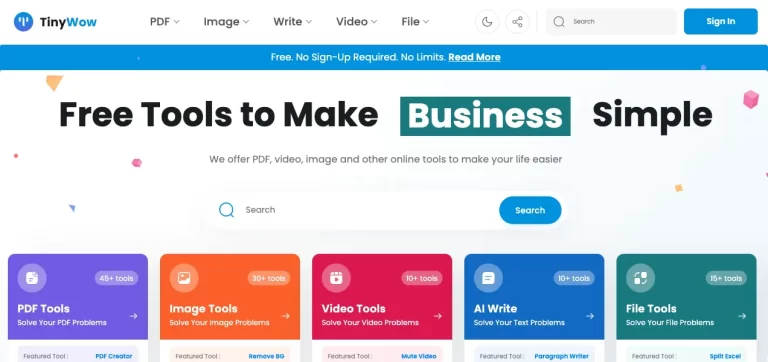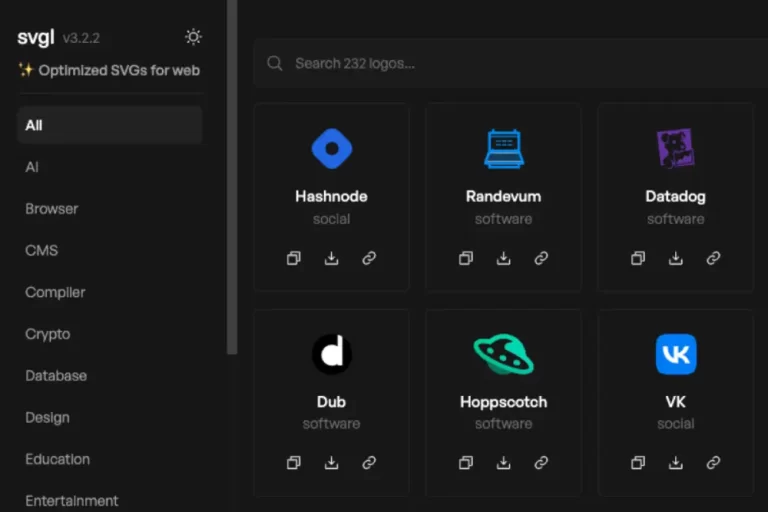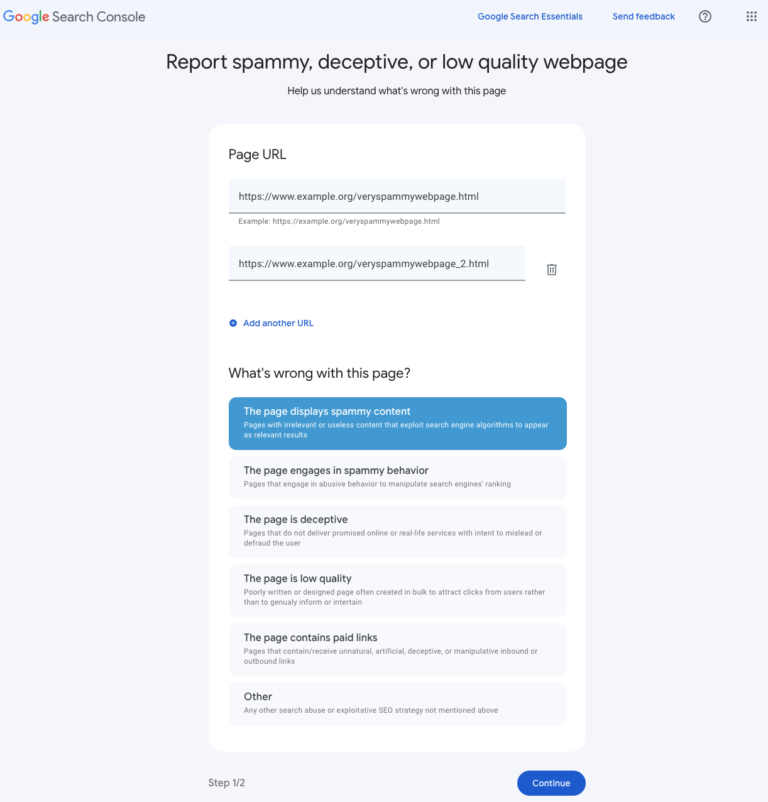When it comes to tracking and measuring the performance of your digital marketing campaigns, UTM links become a powerful tool. These custom links allow you to tag and track traffic from different sources, giving you valuable insights into the success of your marketing efforts. In this comprehensive guide, we’ll explore what UTM links are, how they are used, and the benefits of incorporating them into your campaign strategies in Google Analytics.
What are UTM links?
UTM (Urchin Tracking Module) links are custom URLs that contain tracking parameters to measure the traffic generated by different sources. UTM links are used to tag the origin, medium, campaign, content, and search term associated with a specific link.
Components of a UTM link
A UTM link consists of several key parameters that are added to the end of a URL. These parameters are called:
- utm_source: Indicates the source of the traffic, such as a web page, newsletter, or social network.
- utm_medium: Describes the medium through which traffic is sent, such as a text link, banner ad, or social post.
- utm_campaign: Identifies the specific campaign that is being promoted, such as a new product launch or special offer.
- utm_content (optional): Used to distinguish different variants or content elements within the same campaign, such as different ads or calls to action.
- utm_term (optional): Used to track the specific search terms that triggered the visit.
Advantages of using UTM links
Incorporating UTM links into your digital marketing campaigns offers a number of significant advantages:
- Accurate traffic origin tracking
UTM links allow you to identify and track the exact origin of your traffic. You can determine which channels, platforms or websites are generating the most visits and conversions. This provides valuable information to make informed decisions about your marketing strategies.
- Measuring campaign performance
By tagging your links with UTM parameters, you can evaluate the performance of each of your campaigns individually. You can compare results between different sources, media or campaigns to identify which strategies are most effective and optimize your efforts accordingly.
- Detailed analysis in Google Analytics
UTM links integrate seamlessly with Google Analytics, the leading web analytics tool. Google Analytics provides you with a wide range of reports and metrics that allow you to analyze in detail the performance of your UTM links and better understand the behavior of your users.
By using Google Analytics in conjunction with UTM links, you will be able to access valuable data such as the number of visits, bounce rate, session duration, and conversions generated by each source, medium, or tagged campaign. This data will help you evaluate the effectiveness of your marketing strategies, identify opportunities for improvement and make decisions based on concrete data.
Within Google Analytics, you’ll be able to explore specific reports, such as the Acquisition > All Traffic > Sources/Media report, to see how each source and tagged media is performing. You can also use the Acquisition > Campaigns report to evaluate the success of your different campaigns and compare the results.
Additionally, you’ll be able to take advantage of advanced Google Analytics features, such as goal tracking and conversion funnels, to understand the impact of your UTM links on conversion generation and user flow through your website.
Remember that to access Google Analytics data, you must ensure that you have tracking properly configured on your website and associate your UTM links with the corresponding property in Google Analytics.
Integrating UTM links with Google Analytics gives you a detailed and in-depth analysis of your digital marketing campaigns. Take advantage of this powerful combination of tools to obtain valuable information about the performance of your UTM links, understand the behavior of your users and optimize your marketing strategies based on concrete and accurate data. Use this powerful tool and take your campaigns to the next level!
- Optimization of advertising investments
With UTM links, you can accurately track the return on investment (ROI) of your advertising campaigns. You can analyze which advertising channels generate the most conversions and adjust your budgets accordingly to maximize the return on your advertising investment.
- Personalization and segmentation
UTM links allow you to personalize and segment your marketing campaigns. You can target different messages to different audiences and track each of them specifically. This helps you better understand what content resonates most with each segment and adapt your strategies based on the results obtained.
- A/B testing and content analysis
By using the “utm_content” parameter, you can perform A/B testing and analyze the performance of different content variants in your campaigns. You can test different calls to action, images or messages to determine which is most effective and adjust your content based on the data collected.
How to create UTM links
Creating UTM links is relatively simple. You can use several free tools available online, such as Google Analytics UTM URL Generator. These tools allow you to enter the values corresponding to the UTM parameters and automatically generate the encoded UTM link.
Here are some basic steps to create UTM links:
- Identifies values for UTM parameters, such as source, medium, and campaign.
- Use a UTM URL generation tool.
Our UTM URL Link Generator will take away your worries. - Make sure UTM links are unique and associated with the specific campaign or content you want to track.
- Use the generated UTM links in your marketing materials such as emails, social media posts, online ads, etc.
Tips for Effectively Using UTM Links
Below are some tips to maximize the effective use of UTM links in your campaigns:
- Maintain a consistent naming structure for your UTM parameters and ensure that everyone on your team understands and uses the same convention.
- Regularly track and analyze Google Analytics data to evaluate the performance of your UTM links. Adjust your strategies based on the results obtained.
- Avoid overusing optional UTM parameters (content and term) if you don’t need them. Use them only when they are relevant and provide significant additional information.
- Regularly update and review your UTM links to ensure they are still valid and associated with the correct campaigns.
Conclusion
UTM links are an essential tool for monitoring and analyzing your digital marketing campaigns. They allow you to track the origin of traffic, measure the performance of your campaigns and obtain valuable information to optimize your strategies. Make the most of the potential of UTM links by incorporating them into your campaigns in Google Analytics.
By following the guidelines and best practices mentioned in this guide, you will be able to obtain accurate and detailed data on the performance of your marketing efforts, helping you make informed decisions and optimize your strategies to achieve better results.
Remember that UTM links are a powerful tool, but their effectiveness depends on correct implementation and monitoring. Be sure to use consistent UTM tags, regularly review and analyze Google Analytics data, and adjust your strategies based on the results obtained.
In short, UTM links are an essential tool for tracking and measuring the success of your digital marketing campaigns. Take advantage of its potential to obtain valuable information, optimize your strategies and achieve your business objectives. Integrate them into your marketing efforts and take full advantage of the power of data tracking and analysis!










